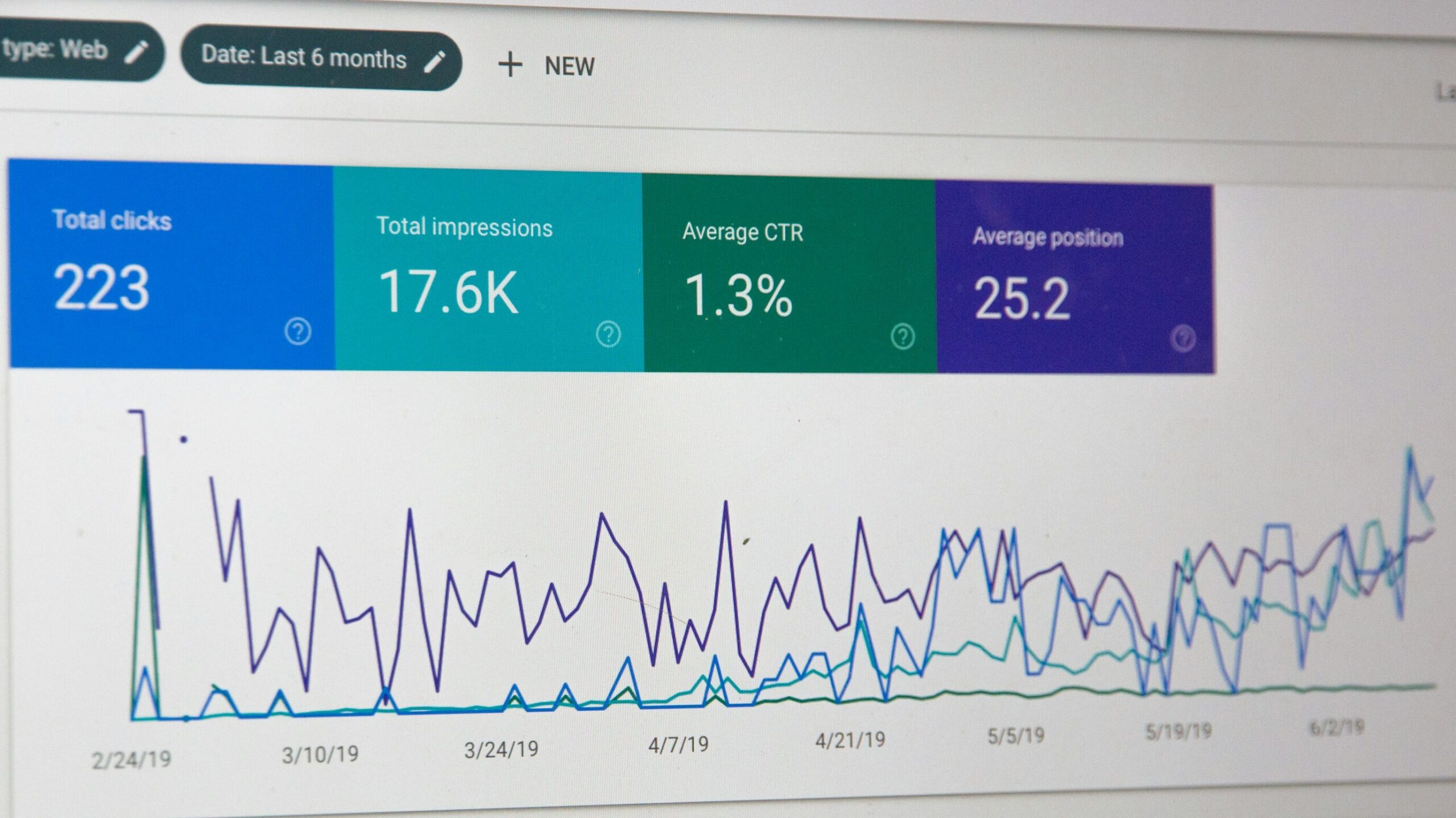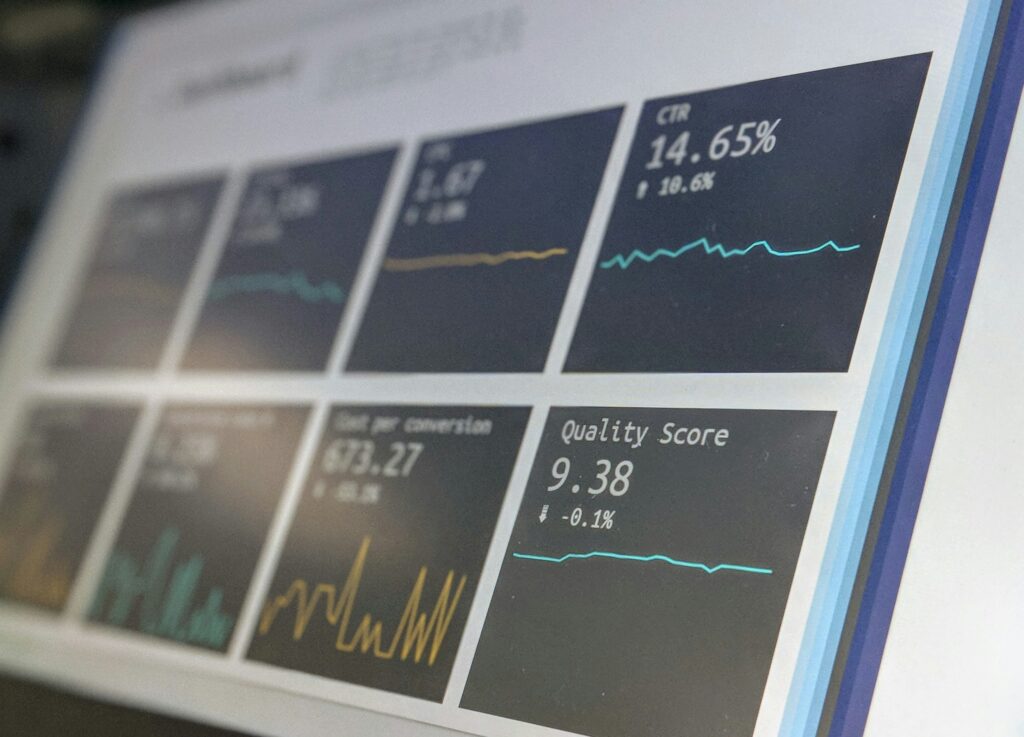Figuring out how people use products and services over time is what user researchers and designers dream about. It’s the key to making things that are not just useful but also truly click with the people who use them. This is where diary studies come in – a powerful way to gather rich, real-life details about user experiences over a longer period.

Imagine This: Everyday Ethnographers
Think of diary studies as having your own personal observers following users around. Instead of a clipboard and lab coat, though, these observers are the users themselves! They keep track of what they do, what they think, and how they feel as they use your product or service in their daily lives. This steady stream of information lets researchers see how users behave in their natural habitat, like a fly on the wall. By peering through this window, researchers can uncover hidden patterns, motivations, and challenges that other research methods might miss.
A Treasure Chest of User Insights
Diary studies are more than just another research tool; they’re a treasure chest waiting to be opened. Here’s what makes them so valuable:
Understanding User Habits Over Time
Unlike a one-time snapshot, diary studies capture user behavior for weeks or even months. This lets you see how habits change, spot trends, and understand the ups and downs of user engagement. For example, a fitness app developer might use a diary study to see if users become gym regulars or if their New Year’s resolution fizzles out after a while.
Understanding Users in Context: The Real World Experience!
Forget about sterile lab settings. Diary studies capture user behavior in the real world, where people use your product or service alongside the messy realities of their daily lives. Maybe a user forgets their gym bag on busy workdays, impacting their app usage. Diary studies capture this context, giving you valuable insights into how users truly interact with what you offer.
Beyond Clicks and Taps: Rich Qualitative Data
Diary studies go way beyond just clicks and taps. They capture the human side of things – detailed descriptions, emotions, and thought processes that traditional number-based research methods often miss. A user might write about feeling frustrated with a confusing interface in their diary entry, revealing a usability issue that clicks alone wouldn’t expose.
Remote and Flexible
Unlike in-person research, diary studies allow participants to contribute remotely on their own schedules. This flexibility makes them not only convenient for participants but also cost-effective for researchers. Imagine studying users all over the world – diary studies make it possible without breaking the bank.

When to Use a Diary Study?
While diary studies are a powerful tool, they’re not a one-size-fits-all solution. Here’s where they shine the brightest:
- Uncovering Long-Term Habits: Do users check your news app daily or just during major events? Diary studies reveal typical usage patterns over time, helping you understand how deeply ingrained your product becomes in users’ lives.
- Understanding Evolving Needs: How do users’ perceptions of a new social media platform change as they use it more? Diary studies capture this shift, allowing you to identify areas for improvement and features that resonate over time.
- Mapping the User Journey: What touchpoints do users encounter before buying a product or using a service? Diary studies map out the entire customer journey, revealing potential roadblocks and opportunities to streamline the process.
- Exploring Contextual Influences: How do external factors, like a competitor’s launch or a user’s busy schedule, impact engagement with your language learning app? Diary studies shed light on these contextual influences, providing a holistic understanding of user behavior.
Running a Successful Diary Study by A Step-by-Step Guide
Ready to dive into your own diary study adventure? Here’s a roadmap to guide you:
- Pinpoint Your Questions: What burning questions do you have about user behavior? Clearly defined questions will shape your entire study, from collecting data to analyzing it. Are you curious about how users adopt a new feature or how their needs change over time?
- Recruit Your Crew: Find a group that represents your target audience. Remember, quality over quantity – a smaller, well-chosen group can yield richer insights. Look for participants who reflect the demographics and behaviors you’re interested in.
- Pick Your Data Collection Tools: Paper diaries are a thing of the past! Leverage digital tools like messaging apps, surveys, or dedicated diary study platforms to make participation convenient and data collection efficient. Consider using a tool that allows for photos, videos, or voice recordings to capture a richer picture of the user experience. Popular diary study tools include [List of Diary Study Tools].
- Pilot Test: Before going all in, run a small-scale pilot study with a few participants. This helps you refine your approach, identify any kinks in your data collection process, and ensure your questions are clear.
- Pre-Study Brief: Onboarding is key! Provide participants with clear instructions, expectations, and training on the tools they’ll be using. This sets the stage for a successful study. Explain how their participation will be valuable and how the data will be used.
- Data Collection: Throughout the study period, diligently gather participant entries and monitor response rates. Be proactive – gentle reminders can help maintain engagement. Consider offering incentives for participation to boost motivation.
- Post-Study Interviews: Don’t let the data speak for itself entirely. Conduct follow-up interviews to clarify findings, gain deeper insights, and address any lingering questions. Use this opportunity to probe into interesting themes that emerged from the diary entries.

Data Analysis: Time to unlock the secrets hidden within your data! Use thematic analysis to identify recurring patterns and themes. Look for commonalities in user experiences, challenges, and motivations. Analyze the data through the lens of your research questions to extract meaningful insights.
Advanced Techniques for Diary Studies
While the steps above provide a solid foundation, there’s more to explore in the world of diary studies. Here are some advanced techniques to consider:
- Experience Sampling: Prompt participants to record their experiences at random intervals throughout the day. This can capture fleeting thoughts and emotions that might be missed in traditional diary entries.
- Photo and Video Integration: Incorporate photo and video uploads to capture visual elements of the user experience. This can be particularly insightful for understanding interactions with physical products or mobile apps.
- Combining with Other Methods: Diary studies are even more powerful when combined with other research methods. Consider using surveys to gather baseline data or interviews to delve deeper into specific findings.
Decoding User Behavior
Diary studies offer a unique window into the user experience. By capturing real-time interactions and evolving user needs, they help researchers and designers create products and services that resonate deeply with their target audience. So, the next time you have burning questions about user behavior, consider embarking on a diary study adventure. You might just unlock the secrets to building experiences that truly connect.
Related Posts:
Qualitative vs. Quantitative UX Research
Difference Between UI and UX Design
Diary Studies in User Research
